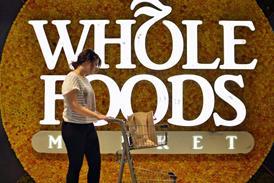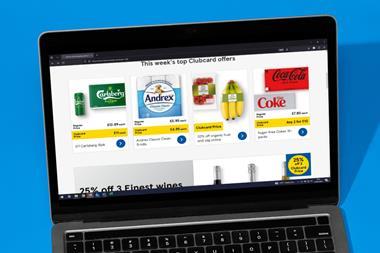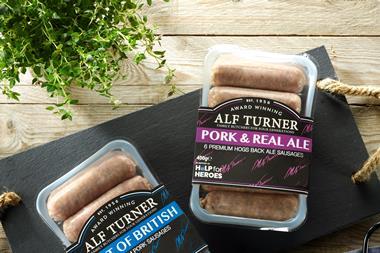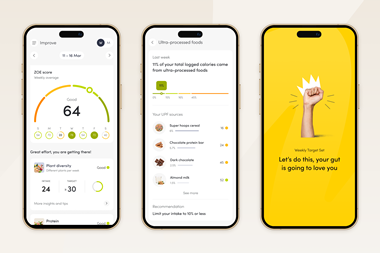
It’s official. Plans to ban advertising of HFSS products on TV pre-watershed and online are set to go ahead, following their inclusion in the Queen’s Speech last week at the opening of Parliament.
The ban, which has divided public opinion, is predicted to hit food manufacturers hard. Likely to be caught within the scope of the restrictions is a wide range of categories, some of which we wouldn’t necessarily expect – everything from cakes, confectionery and ice cream, to pizza, ready meals, crisps and savoury snacks.
According to IRI data, half of the total HFSS spend (£384m) in the UK across all media channels will be affected. So for food manufacturers currently weighing up their options, accepting the ban outright means absorbing a potential loss of £192m and a 27% drop in ROI among affected brands.
Then there is the option of moving TV advertising spend to post-9pm slots, which carries a predicted loss of £112m in sales. At this stage, brands have to think about how much budget they can re-allocate to post-watershed TV and the fact there will be more competition for these slots from other rivals.
Manufacturers could also consider reallocating their ad spend to other ‘allowable’ media channels, like out of home, print media or radio, which might offer more flexibility and lower costs, but will still be costly to many smaller brands.
Recent IRI analysis for one frozen vegetable brand showed that shifting budget from TV and digital advertising to other channels – mainly OOH, radio and print – would lead to a 31% ROI decline and a predicted drop in sales of £1.1m. For another fresh and frozen food brand, moving its mainly TV advertising spend into mainly radio advertising would result in a 30% ROI decline and loss of £742k in sales.
Advertising an alternative low fat, salt sugar product is another option. Since 78% of manufacturers have non-HFSS products, this means they can still advertise products online and on TV and continue to build brand recognition.
But in terms of NPD, there are risks of shifting advertising to newer products and those with lower recognition and penetration. We would expect to see much lower returns and a lower halo impact across these brands.
Reformulating products in order to be compliant with new regulations is the final option – with a lower impact on sales of £30-75m – and one that we’ve seen used before. But it’s not without its challenges and could be a controversial choice for some brands.
We saw the fallout a few years ago when the ‘sugar tax’ came into effect and some of the leading soft drinks brands reformulated their recipes in order to avoid the levy. The result was huge customer backlash, largely due to poor communication about the changes to recipes, and lost market share as a result. But aside from that, reformulating products can be extremely complex – and some products simply cannot be reformulated.
Each manufacturer will be in a different situation based on their category, brand portfolio and current media investment and will have to weigh up the pros and cons of each option.
But the process needs to start now so they can understand the real impact on the brand and have time to properly test new channels and tactics to optimise media strategies ahead of the restrictions coming into effect next year.















1 Readers' comment